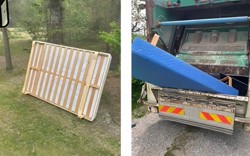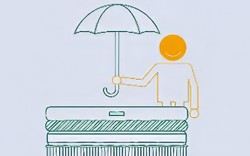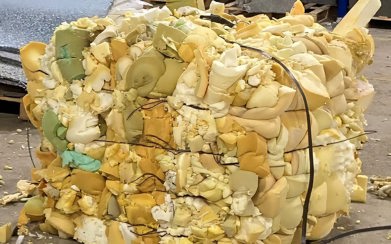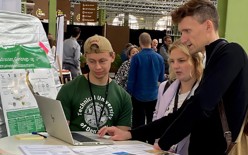
Mattresses 3 Reuse and Recycle Systems, a pilot to scale
Aim
The project develops new approaches for reuse and recycling of mattresses, according to the quality and recyclability of the mattresses and based on intensive stakeholder insights. The project provides essential elements enabling implementation of the reuse/recycling value-chain involving criteria for the collection system and reuse/recycling options, and quantification of environmental emissions and impacts.
Unmet needs
Municipalities are obliged to increase recycling and, in particular, reuse, but mattresses represent a problematic waste fraction that must be solved to save CO2 emissions. While advances have been made outside DK (Retour Mattress, NL), no value-chain, no consistent quality tests or reuse/recycling criteria, and no collection/management system exists in DK. The environmental consequences are unclear. Currently, mattresses arepoorly utilised.
State-of-the-art and competitors
Creating entirely new markets for resale of (refurbished) mattresses require:
- quality testing of collected mattresses,
- characterisation of reusability/recyclability
- establishment of new reuse/recycling collection systems and value-chains,
- consistent quantification of environmental impacts.
Participating partners: Technical University of Denmark, Vejle Municipality, Odsherred Municipality, Capitol Region, Copenhagen Municipality, Amager Ressource Center (ARC), ARGO (Affald, Ressourcer, Genbrug og Overskud), Vestforbrænding, Danfoam/Tempur-Sealy, Bramming Plast Industry.
Findings and further questions
The project has yielded some interesting findings and has also raised some additional questions for further exploration.
The mattress project is about recycling discarded mattresses. They take up space, are difficult to collect and transport, and are thrown away and burned. A pilot test has shown that collecting, shredding, and recycling mattress components is possible. An important finding from the pilot test was that the discarded mattresses must NOT be wet when collected and stored, as they cannot be recycled in that condition. Therefore, the Technical University of Denmark (DTU) is developing a prototype of a protective mattress bag to ensure that the mattresses sent for recycling are completely dry.
In Denmark, approximately 450,000 mattresses are discarded yearly from regular households and at least 35 million at the EU level. Only seven countries have take-back systems to ensure the recycling of discarded mattresses. Organising collection and recycling with the right technology in Denmark is still pending.
The potential of providing all municipalities and citizens with easy access to an inexpensive mattress bag will undoubtedly increase mattress recycling. Studies conducted in the project show that citizens are positive about using a mattress bag, especially if it is clear how it increases recycling. The upcoming take-back system in Denmark, where mattress manufacturers, for example, take back their mattresses upon delivery of a new one, will likely also require some form of protective bag.
In addition to the recycling potential, the project examines mattress reuse and what it takes for citizens to accept buying used mattresses. Several barriers need to be investigated, such as whether it is solely a hygiene issue or if there are other concerns, such as thoughts of previous usage situations. Younger people are more aligned with the climate agenda than older generations and are willing to make new compromises. Several of these questions will be clarified during the autumn.
Read more about Mattress Reuse and Recycling
Project Leader
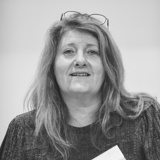
Bettina Hauge
Mail: behau@dtu.dk
Other Common Projects




